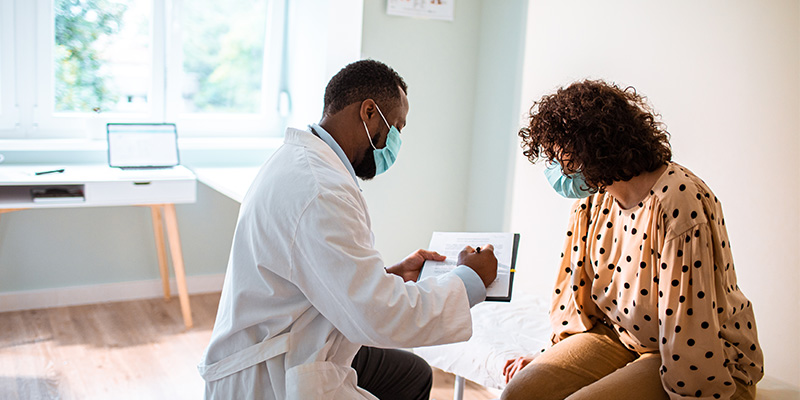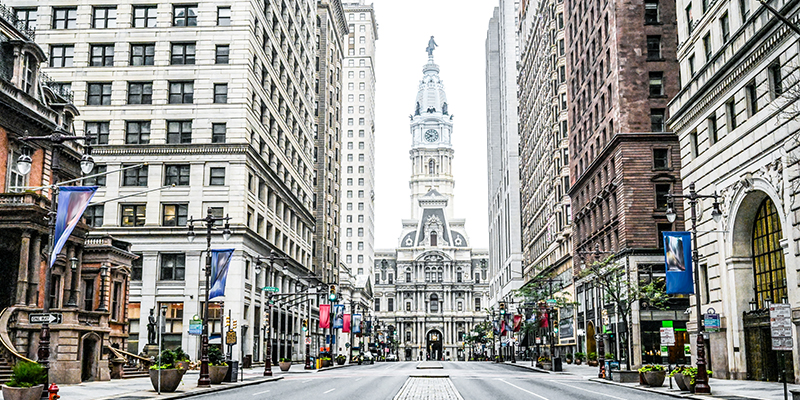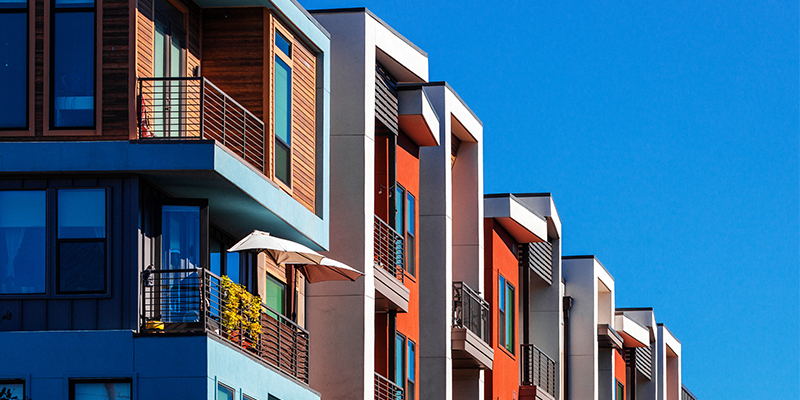When the economy takes a tumble, investors immediately start hunting for recession-resistant assets. For the better part of the last 30 years, commercial real estate investors have turned to medical properties, which have been one of the strongest investment performers in our economy, regardless of economic conditions. Even during the global financial crisis of 2007-2008, growth in the medical office market continued while other sectors stumbled.
A drive around Lee and Collier Counties in Florida, where our Cushman & Wakefield | Commercial Property Southwest Florida office is located, provides plenty of evidence of the resiliency of the medical real estate market. In the last five years, this region has seen close to a dozen urgent care centers open, including several multi-location chains. Lee Health invested in a mammoth expansion of Gulf Coast Medical Center, Family Health Centers of Southwest Florida added a three-story, 65,000 square foot medical center in Lehigh Acres, and Healthcare Network of SWFL opened its own three-story facility in Golden Gate.
The real question is if the medical real estate market is immune to COVID-19. As we all know, the COVID-19 recession has been unlike any other economic downturn we’ve experienced in our lifetimes. Nationwide, pandemic-related shutdowns forced doctors’ offices to close and elective procedures to halt. For those who needed to see a doctor, many delayed appointments or switched to telehealth services rather than risking exposure to the novel coronavirus. As a result, spending in the healthcare sector declined sharply in the second quarter of 2020, and medical office occupancy plunged.
Commercial property investors have been left wondering if the medical real estate sector was as bulletproof as we had been led to believe. While worry is certainly understandable in uncertain times like these, the pandemic’s impact on the medical office market should be a short-term concern. Over the long run, Cushman & Wakefield’s commercial brokerage professionals believe that the medical office market is poised to make a strong comeback. There are two primary reasons why: The first is our aging population, and the second is the economic condition of the healthcare sector as a whole.
When the baby boomer generation first appeared, our nation’s population looked very different. In 1950, there were only about 12.4 million senior citizens in our country. Today, the U.S Census Bureau estimates that there are nearly 51 million Americans age 65 or older — a number that’s expected to increase to 80 million by 2040. And as Americans age, their medical needs increase. While the 65-and-older crowd makes up just 15.6% of the U.S. population, this age group accounts for 36% of health care spending.
With our nation aging, our need for medical care will only increase further, and medical office properties will be in high demand. In Southwest Florida, for example, seniors currently make up an estimated 32% of the total population in Charlotte, Collier and Lee Counties, keeping the need for health care on the rise.
Health care also continues to be a strong sector financially. For the last decade, health care spending has increased $136 billion per year. Our aging population, combined with the rising cost of health care services, has kept spending on an upward trajectory. In fact, the Centers for Medicare and Medicaid Services projects that health care spending will increase by 2.4 trillion between 2019 and 2028 — an average annual growth rate of 5.4 percent or $268 billion per year.
Even when COVID-19 brought the economy to a near standstill, the health care sector was one of the quickest to rebound. The pandemic caused a 9.6% decline in healthcare employment — a staggering number, but small compared to the 14.5% decline in U.S. jobs overall. More important, as of October 2020, nearly two-thirds of those health care jobs had been recovered, compared to 54% of all jobs in the country. Health care spending followed a similar pattern. In the second quarter, health care spending dropped 54%. By the third quarter of 2020, 94% of that spending had bounced back.
For decades, the medical sector in commercial real estate has been considered nearly recession-proof. While the COVID-19 pandemic has certainly challenged that belief, the experts at Cushman & Wakefield believe that our population trends, combined with the economic growth of the health care sector, will keep medical properties in high demand well into the future.
In Southwest Florida, we’re already seeing local indications of this trend. Six months into the pandemic, Encompass Health announced it was planning a 40-bed rehabilitation hospital in Cape Coral — one of six new medical offices planned for the Cape in the midst of a pandemic. Along the I-75 corridor, Frantz EyeCare is finalizing plans for a 60,000-square foot corporate headquarters, surgery center and medical office building that will break ground next month. The remainder of Southwest Florida is likely soon to follow.
While nobody will soon forget the human tragedy of COVID-19, we expect that the pandemic’s influence on the medical office real estate market will likely be a short-term stumble rather than a long-term calamity.








